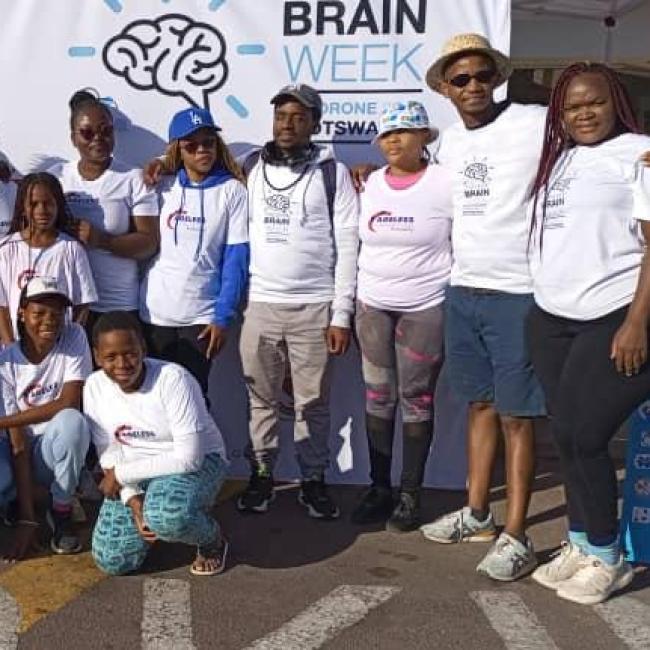Whole-brain gray matter maturation trajectories associated with autistic traits from adolescence to early adulthood
Brain Struct Funct. 2023 Oct 11. doi: 10.1007/s00429-023-02710-2. Online ahead of print.
ABSTRACT
A growing number of evidence supports a continued distribution of autistic traits in the general population. However, brain maturation trajectories of autistic traits as well as the influence of sex on these trajectories remain largely unknown. We investigated the association of autistic traits in the general population, with longitudinal gray matter (GM) maturation trajectories during the critical period of adolescence. We assessed 709 community-based adolescents (54.7% women) at age 14 and 22. After testing the effect of sex, we used whole-brain voxel-based morphometry to measure longitudinal GM volumes changes associated with autistic traits measured by the Social Responsiveness Scale (SRS) total and sub-scores. In women, we observed that the SRS was associated with slower GM volume decrease globally and in the left parahippocampus and middle temporal gyrus. The social communication sub-score correlated with slower GM volume decrease in the left parahippocampal, superior temporal gyrus, and pallidum; and the social cognition sub-score correlated with slower GM volume decrease in the left middle temporal gyrus, the right ventromedial prefrontal and orbitofrontal cortex. No longitudinal association was found in men. Autistic traits in young women were found to be associated with specific brain trajectories in regions of the social brain and the reward circuit known to be involved in Autism Spectrum Disorder. These findings support both the hypothesis of an earlier GM maturation associated with autistic traits in adolescence and of protective mechanisms in women. They advocate for further studies on brain trajectories associated with autistic traits in women.
PMID:37819410 | DOI:10.1007/s00429-023-02710-2





